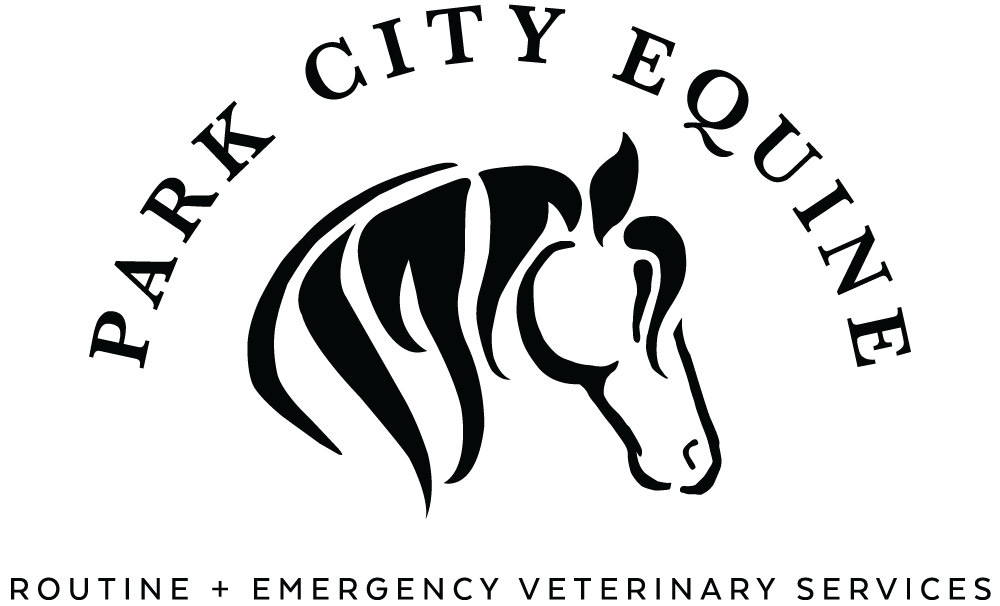Henneke Scale and Body
The Henneke Scale and body condition monitoring— Blair Lybbert, DVM
With shaggy winter coats it is harder to keep track of a horse’s body condition. This is why a hands-on approach is so much better than just a quick visual evaluation. Many people may have heard of the Henneke horse body condition scoring system. This system was developed by Henneke and others at Texas A&M University in the 1980s as a universal scale to assess horses’ body weight.
The system is numerical and doesn’t require any special equipment. All you need is perhaps a reference chart, horses to practice on and time to feel specific areas on the horse.
Accurate assessment involves visual appraisal and palpation of six major points on the horse. Based on your observations, a score from 1 to 9 is assigned. 1 is extremely emaciated and 9 signifies very obese. Most horses in the 4 to 6 range are considered healthy.
Being familiar with assigning a body condition score has many advantages. This skill can help people objectively track the health of horses that are in work, lactating, or pregnant. It is useful to know if your current feeding program to get weight on a hard-keeper or previously neglected horse is working. This is also helpful when evaluating obese horses that are at risk of foundering and developing hormone problems.
Here are a couple of starter points that I routinely share with new horse owners and 4H groups:
If a horse has a crease down his back and/or has a crest that flops to the side, he is significantlyoverweight. If you have to push hard to feel the ribs with your hands, then your horse is overweight. If you can see the ribs, he is too skinny.
Start with this and build your knowledge by studying the Henneke scale. An on-line search will bring up diagrams, charts, posters and detailed descriptions. Platinum Performance and thehorse.com have good posters that I have used.
This topic is on my mind because all too frequently I encounter well-meaning horse owners who don’t regularly and accurately assess their horses in the winter. There are many fluffy, hairy horses out there who are underweight—make sure that your horse isn’t one of them. Assess weekly, including taking off blankets. I usually share the following with people who want to get their horses up to a healthy weight:
Ensure that your horse gets at least 2% of his body weight in quality roughage each day. For example, a horse that would normally weight about 1000 lbs. needs 20 lbs. of good hay each day.Give a little extra hay to adult horses when temperatures get below 5 degrees. Growing horses will need more hay when temperatures get below freezing.Provide shelter from wind and moisture. Providing good shelter can decrease heat loss by 20% (which means fewer calories are required).Make sure the herd dynamics aren’t a issue. Some horses are dominant and just don’t share communal feed very well.Rule out medical concerns such as dental pain or chewing inefficiency.Be prepared and willing to go the extra mile with your underweight horse. This may mean feeding separately, adding pelleted rations, giving supplements, feeding more frequently, buying different blankets, etc.
Don’t feel guilty if you’ve unintentionally let one of your horses get thin; learn from the experience and commit yourself to be more diligent. After all, we all have room for improvement.

